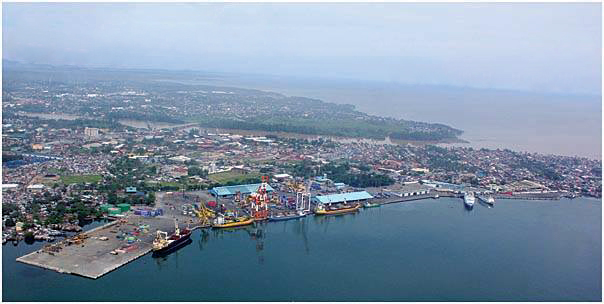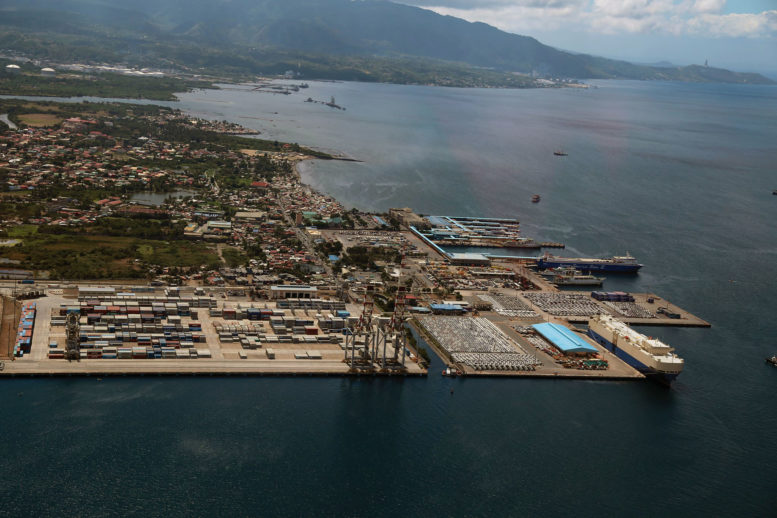The Philippine Ports Authority (PPA) is stepping up its ‘Green Port Revolution’ initiatives in all its ports nationwide. Two of the country’s top gateways have recently been conferred GPAS awards by the APEC Port Services Network (APSN). The Port of Batangas and the Port of Cagayan de Oro received their GPAS awards from APSN recently.
The Green Port Award System (GPAS) program is a green evaluation system for ports in the Asia-Pacific Economic Cooperation (APEC) region. The program is intended to improve environmental awareness and increase the understanding of green port development strategy, with the aim of achieving a balance between economic development and environmental protections in the APEC ports community; promote the sustainable development of ports in the APEC region and protect the port environment for the benefit of the entire APEC community; contribute to the harmonization of regulations and improve interoperability of green port systems in the APEC region; establish an APEC green port performance benchmark based on this program, share best practices and encourage mutual assistance among APEC ports.
According to PPA General Manager Jay Daniel R. Santiago, the twin awards are testament to the initiatives of the PPA toward environmental protection through the reduction of carbon footprints in its port operations.
“We are slowly reaping the benefits of our hard work particularly in complying with the stringent requirements on environmental management and occupational safety and health,” Santiago said.
“With the 25 Port Management Offices including the Port of Batangas and Port of Cagayan de Oro almost fully certified on Quality Management System, Environmental Management System, and Occupational Safety and Health System, we expect similar awards in the future for all our ports,” Santiago added.
“Rest assured that the PPA is fully committed towards environmental protection and sustainable port operations,” Santiago stressed.
The Ports of Batangas and Cagayan de Oro are Certified ISO 9001:2008, and recognized for its implementation of the Port Safety, Health and Environmental Management System (PSHEMS). The two ports are now slowly migrating to the Integrated Management System fusing in three international standards, namely: ISO 9001:2015 for Quality Management System, ISO 14001:2015 for Environmental Management System, and BS OHSAS 18001:2007 for Occupational Safety and Health, to further solidify its quality, safety, health and environmental policies, and commitment for the protection of the environment, provision of safe and healthy working conditions and improved quality of port operations and services.
The Port of Batangas is located 110 kms south of Metro Manila, with an area of 150 hectares. The port is the center of transportation of goods produced in the hinterland, primarily in Batangas province, and serves as the strategic trading point for all industries in the CALABARZON ecozone. Products handled by the port include cement, logs, minerals, completely built units (motor vehicles) and other general cargo while container traffic is continuously growing. The completed Batangas Port Development Project has two components: Phase I is for domestic vessels and non-containerized foreign vessels, while Phase 2 is for international container vessels.

Port of Cagayan de Oro. Photo Credit: PPA
The Port of Cagayan De Oro is dubbed the “Global Gateway to Mindanao” for its strategic location at the Northern Coast of Mindanao within Macajalar Bay. The port serves as the entry and exit point of passengers and goods, to and from adjacent urban cities, provinces and other parts of the Philippine archipelago. It also links conveyances to countries such as Vietnam, China, Australia and the United States (USA), among others.
